Order of Reaction:
The number of reactant molecules whose concentration actually determines the rate of reaction is called the order of reaction. In other words, the order of reaction is the sum of the powers to which concentration terms are raised in the rate law expression.
| Example- For a reaction, aA + bB + cC ———-> Products Rate = k [A]p [B]q [C]r ; then order of reaction = (p + q + r) |
Where p, q and r are the orders w.r.t. individual reactants and the total order of the reaction is the sum of these exponents, i.e., (p + q + r). It is an experimental value and has all value from zero to positive integer and can be functional. It helps to determine the unit of the rate constant of reaction and is also useful in explaining the mechanism of the reaction.
Depending upon the order of the reaction, we have the following types of reactions-
(1) First Order Reaction- A reaction in which the concentration of only one reactant molecule changes during the course of the reaction is called a first order reaction.
Example- (a) Decomposition of H2O2, in presence of I– ions i.e.
| H2O2 ———-> H2O + (1/2) O2 |
(b) Decomposition of ammonium nitrite in an aqueous solution i.e.
| NH4 NO2 (aq) ———-> N2 + 2H2O |
(c) Decomposition of SO2CL2
| SO2CL2 ———-> SO2 + CL2 |
(2) Second Order Reaction- A reaction whose rate is determined by the variation of two reactant terms is called a second order reaction.
Example- (a) Dissociation of HI i.e.
| 2HI ———-> H2 + I2 |
(b) Decomposition of NO2 i.e.
| 2NO2 ———-> 2NO + O2 |
(3) Third Order Reaction- A reaction whose rate depends upon the three reactants’ terms is called a third order reaction.
Example- Reaction between nitric oxide and O2 i.e.
| 2NO + O2 ———-> 2NO2 |
(4) Zero Order Reaction- A reaction is said to be zero order if the rate of reaction is independent of the reactants’ concentration.
Example- (a) Decomposition of NH3 on the surface of platinum
| 2NH3 ———-> N2 + 3H2 |
(b) All photochemical reactions are also examples of zero order reactions.
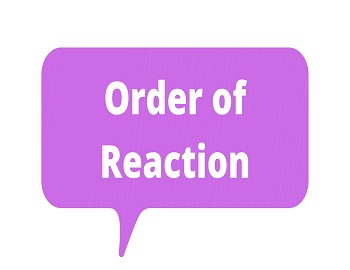

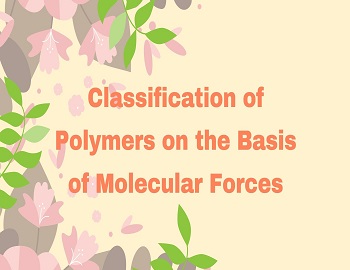
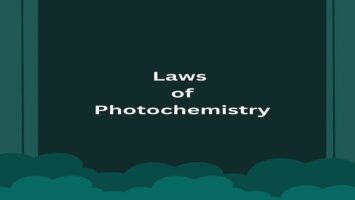
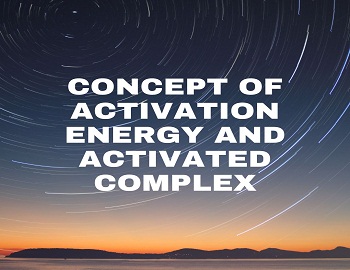
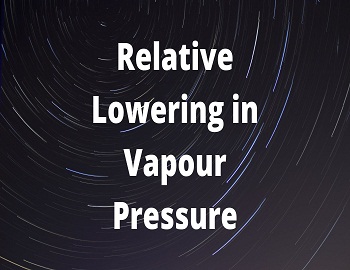
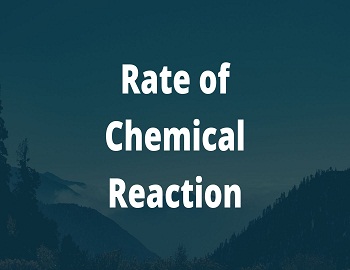
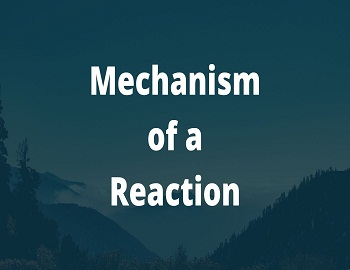
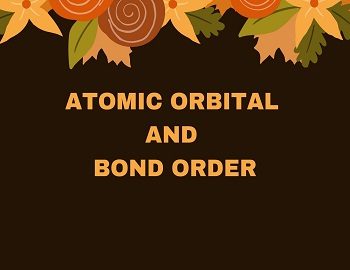
Comments (No)